In a groundbreaking development, researchers at Ohio State University have unveiled a nuclear propulsion system that could revolutionize space travel. The Centrifugal Nuclear Thermal Rocket (CNTR) utilizes liquid uranium to heat propellant directly, promising to double the efficiency of traditional nuclear engines and significantly shorten the journey to Mars.
What Is the CNTR?
The CNTR is a novel approach to nuclear thermal propulsion. Unlike conventional systems that use solid uranium fuel, the CNTR employs liquid uranium contained within a rotating chamber. This design allows for higher temperatures and more efficient heat transfer, leading to a specific impulse of 1,800 seconds—nearly double that of traditional nuclear engines.
Implications for Mars Missions
With its enhanced efficiency, the CNTR could reduce the round-trip travel time to Mars to under 420 days. This advancement not only makes human missions to Mars more feasible but also mitigates the health risks associated with prolonged exposure to space radiation and microgravity.
Engineering Challenges
Despite its promising potential, the CNTR faces several engineering hurdles. Achieving stable startup, operation, and shutdown, along with minimizing uranium fuel loss, are critical challenges that the Ohio State team is actively working to overcome. Dean Wang, the project’s lead researcher, remains optimistic about resolving these issues within the next five years.
The Future of Space Exploration
The CNTR represents a significant leap forward in nuclear propulsion technology. If successful, it could pave the way for faster and more efficient missions to Mars and beyond, opening new frontiers in human space exploration.

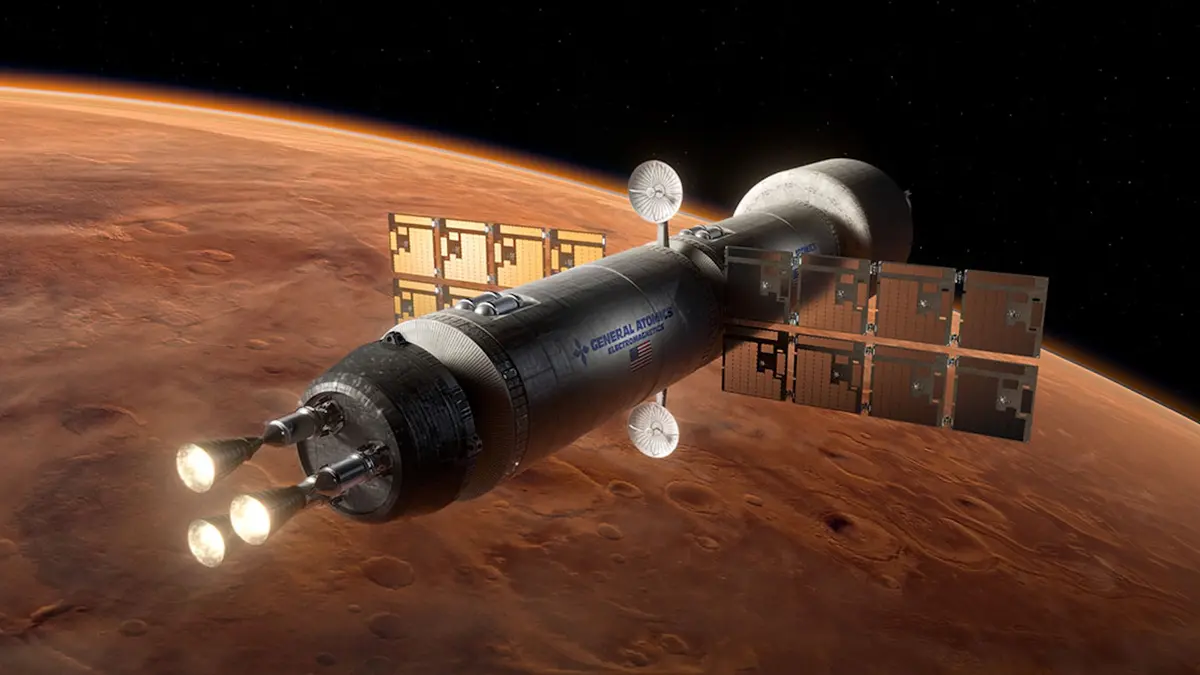


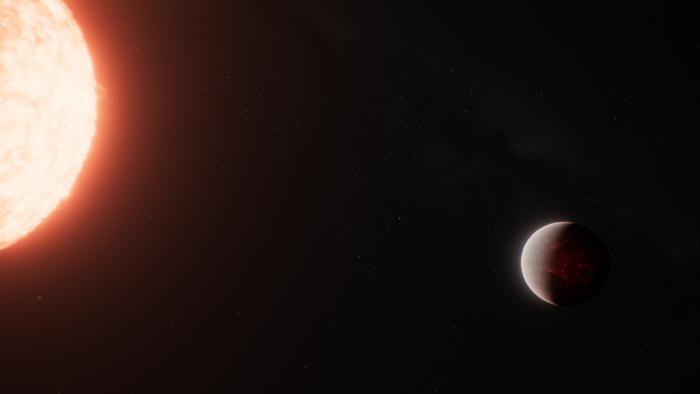

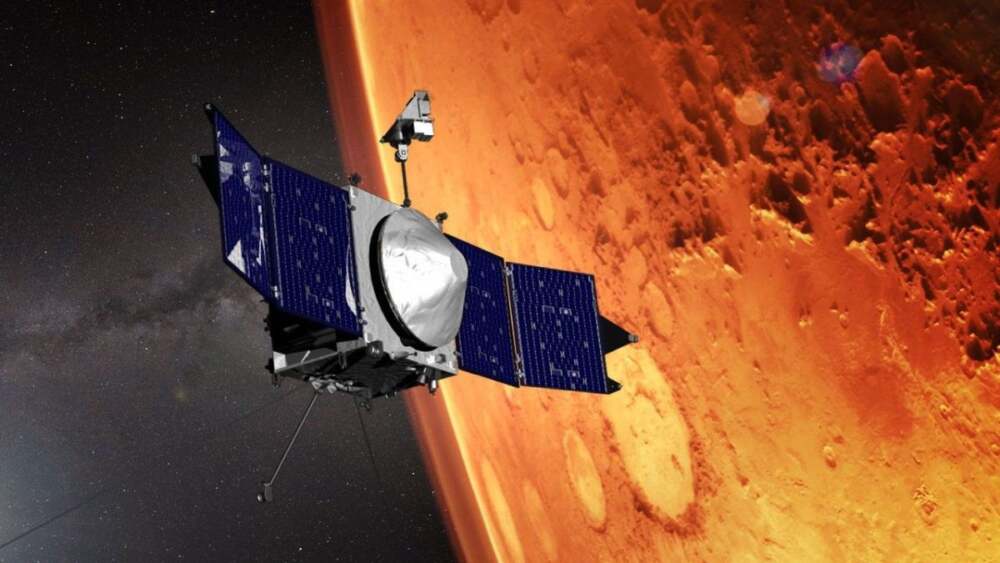

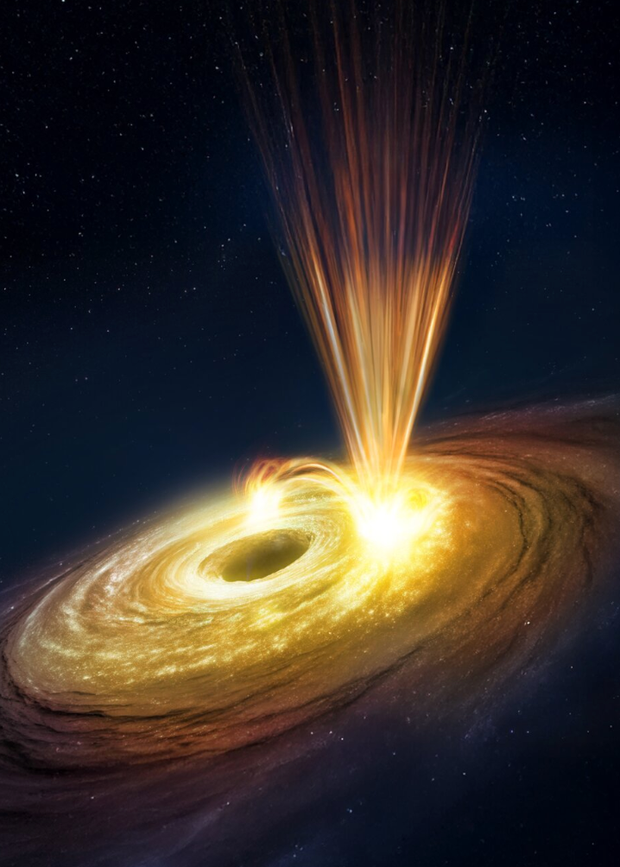


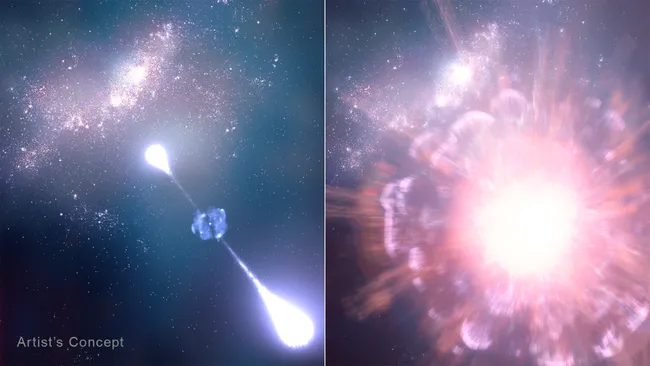




Leave a Reply